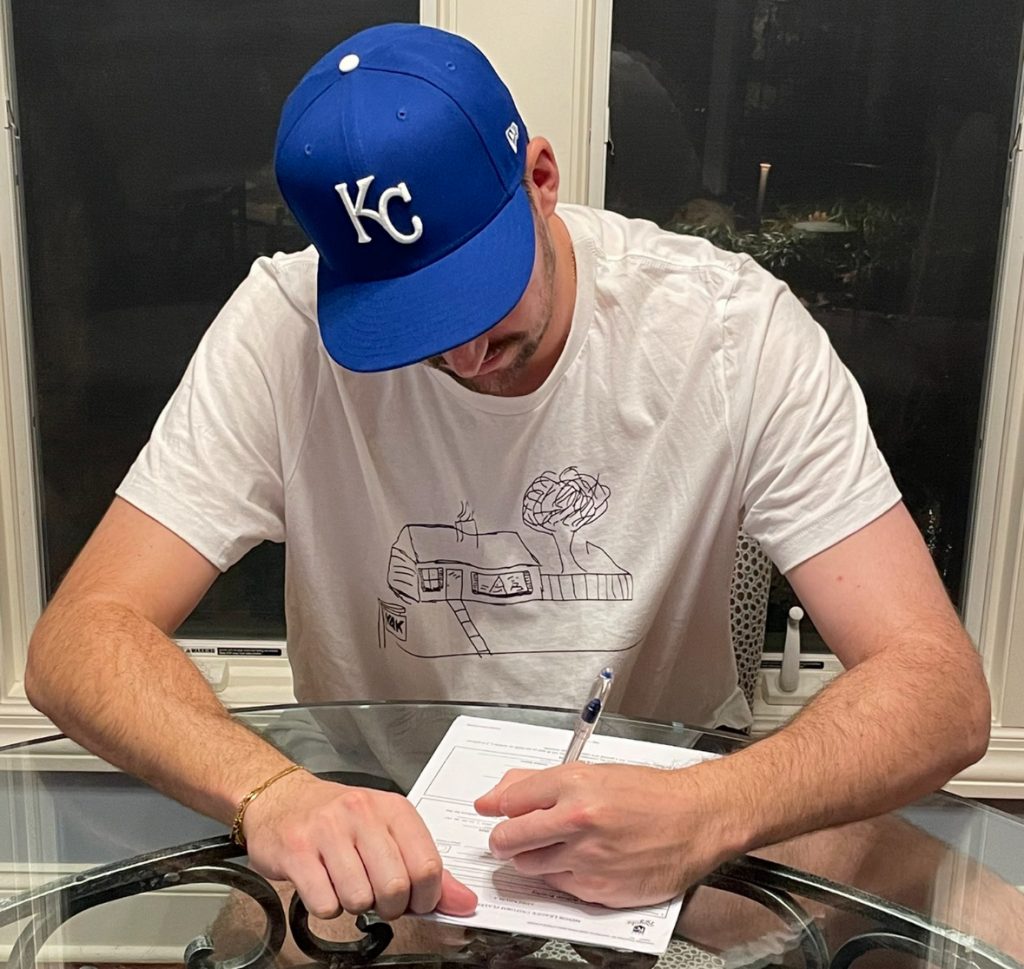
LHP Chandler Brierley, recently picked up by the Kansas City Royals, has been training at RPP since his days at Ridgewood High School (class 2016), nearby in New Jersey. He attended Stevens Institute of Technology in Hoboken and has always made a point of coming back to RPP and staying on top of his training when he was home for the holidays or the summer. There are many things that contribute to an athlete’s success and Chandler is no different.
Here is a summary of a few that stand out…
1. Velo – Chandler Throws Hard
This past summer, Chandler was sitting 94-96 mph, touching 98 mph. Velocity comes from a variety of attributes, including mobility, strength, power, mechanics, elasticity, sequencing and obviously intent. Each pitcher gets there in a different fashion. However, with each there are often attributes that stand out and Chandler is no different.
At 6’8”, Chandler is both strong and highly elastic, which brings us to the next topic.
2. Strong and Elastic
Strength is the foundation to all things pitching. And, while every athlete may require different amounts of strength, it is the glass that all other types of strength fit in. Here are Chandler’s baseline stats entering this off-season. Let me also add that, at a height of 6’8”, Chandlers lower half numbers in the weight room are quite impressive despite his super long levers.
-
-
- Single Leg Squat (1 RM) – 107 lbs.
- Trap Bar Deadlift (1 RM) – 429 lbs.
- Bench Press (1 RM) – 178 lbs.
-
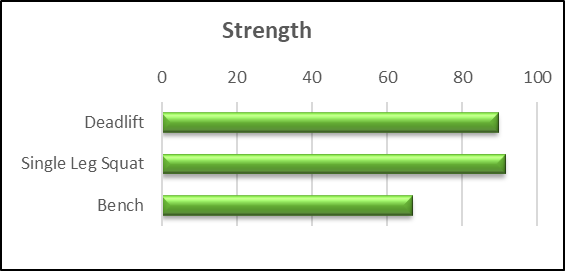
Elastic energy is the body’s ability to store and release energy from connective tissues, namely the tendons. Said differently, elasticity is how we evaluate an athlete’s ability to use their stretch-shortening cycle (SSC). How quickly this process happens is due to the large “cross-sectional area” (CSA) of the shoulder tendons and is vital to explosive performance on the mound and the field.
Chandler is highly elastic in both the upper and lower body, and this is pure gold in terms of developing force and transferring it into the ball at release.
Lower Half – When looking at lower-half elasticity, we use a Bosco jump test. This involves 2 jumps. A CMJ jump that involves a quick eccentric and then immediate concentric movement (much like jumping up for a rebound), and a more “muscular -based squat jump that involves holding the bottom position of the squat for 3 seconds prior to jumping. This tells us a lot about how well the athlete uses his SSC. We would ideally like to see the elastic CMJ jump to be approximately 10% higher than the squat jump due to the use of the SSC. At 13%, Chandler is extremely well balanced.
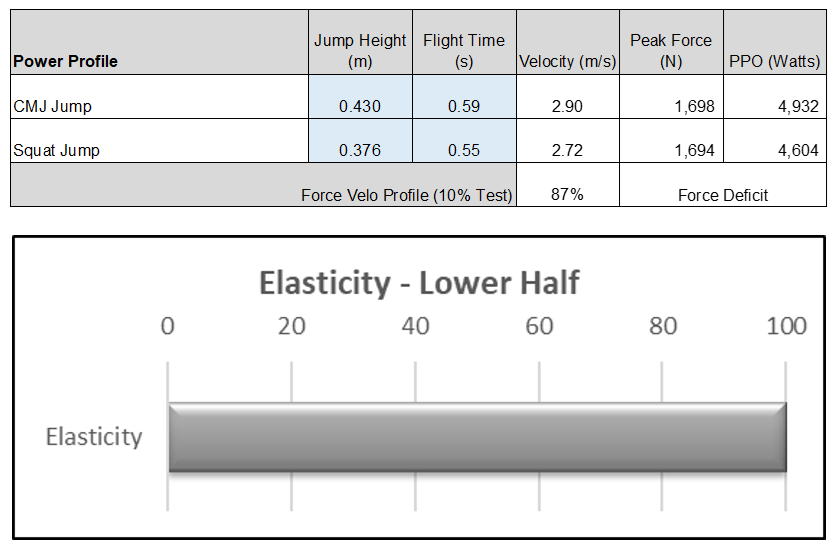
Upper Half – Same as the lower half, we look for the counter movement to be 10-15% higher than the non-counter movement. When an athlete falls between 10-15%, it shows that they are utilizing the SSC very efficiently. Once again, at 12.1% Chandler is in the sweet spot.
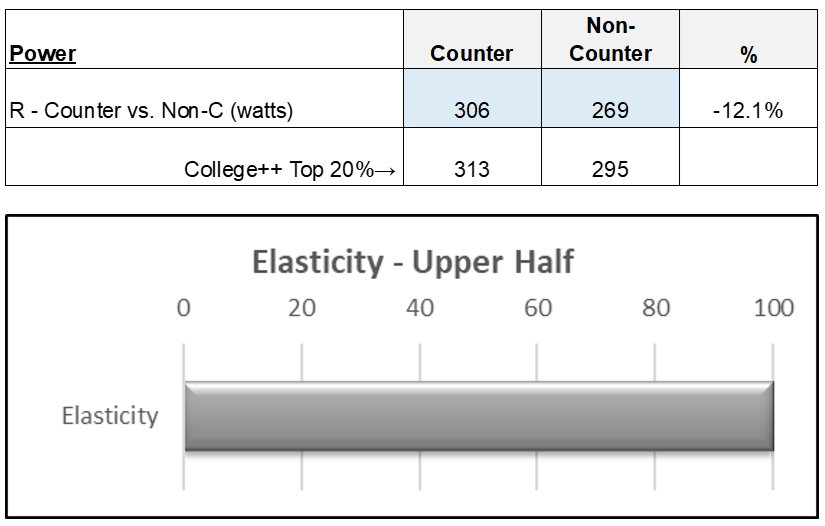
Single leg strength and stability is crucial in order to help develop a good deceleration pattern on the lead leg at foot plant and for better transfer of force up the chain and into the arm. Chandler’s single leg squat referred to earlier is also at the top end of our rating system.
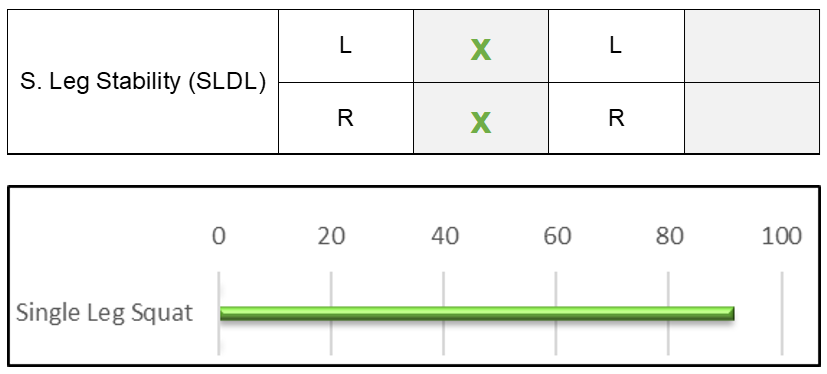
3. Pitch Movement
Along with Chandler’s natural size and ability, his ability to create movement and deception in his pitch arsenal is second to none. Chandler has a 4-pitch arsenal including a 4-Seam Fastball (4SFB), Sinker (SNK), Splitter (SPL), and Slider (SL). In addition, he is a 6’8” lefty with a Low ¾ slot and above average release metrics (Release Height and Extension). Below is a summary of his pitching metrics.
Fastball – Chandler’s primary weapon is his 4-Seam Fastball. Topping 98 and sitting 94-96 on a daily basis allows for Chandler to attack hitters early and often in counts, leading to a K/9 ratio of 8.8 over the last two seasons. In addition to being an above average pitch in terms of velocity, he boasts a spin rate of 2300 RPMs with break metrics at 13 IVB (Induced Vertical Break) and -13 HB (Horizontal Break). Chandler’s fastball is what we would call “dead zone” which means the break metrics are the same vertically and horizontally, but because Chandler has above average release metrics in terms of height and extension, this leads to a plus fastball which plays well at the top of the zone. His was given a Stuff+ grade of 111 in our internal model, with 100 being MLB.
Sinker – Next up are Chandler’s Sinker and Splitter. These two pitches work well off of each other and they were his two other pitches for the last 2 years when he sported an 8.8 K/9. His SNK is a few ticks off his 4SFB, topping at 96 and sitting 93-94 but showing a movement profile of 10 IVB and -19 HB, which presents different from his 4SFB allowing him to throw 2 pitches at 95mph+ with different movement. Chandler’s SNK received a grade of 106 in our Stuff+ model, with 100 being MLB.
Splitter – Tunneling off of his SNK is his Splitter, which sits at 84-86 mph and has a spin rate anywhere between 600-800 RPMs. Splitters have the tendency to do what they want, and Chandler’s does just that, with a movement profile on average of 0 to -2 IVB and -4 to -7 HB. Chandler’s Stuff+ grade on his SPL is 143, making it his best pitch in his arsenal.
Slider – Lastly is Chandler’s new pitch which we developed recently and it’s his Slider. In his bullpens prior to reporting for camp, the velocity of the SL was 84-86 but once he gets in game and gets the adrenaline going and the FB velocity even higher, this pitch will tick up to high 80s even a 90 mph. Spinning at 2400 RPMs, the movement profile of the SL is 3 IVB and 5 HB. The primary goal in developing this pitch was to get away from the slow sweeper and have Chandler throw something harder that will play better off his elite 4SFB. The Stuff+ grade on his SL was 104, vs. 100 for the MLB.
Chandler is at the peak of his performance right now and with an elite 4-pitch arsenal, he will be able to compete and succeed at the highest level. Below is a summary of his movement chart.
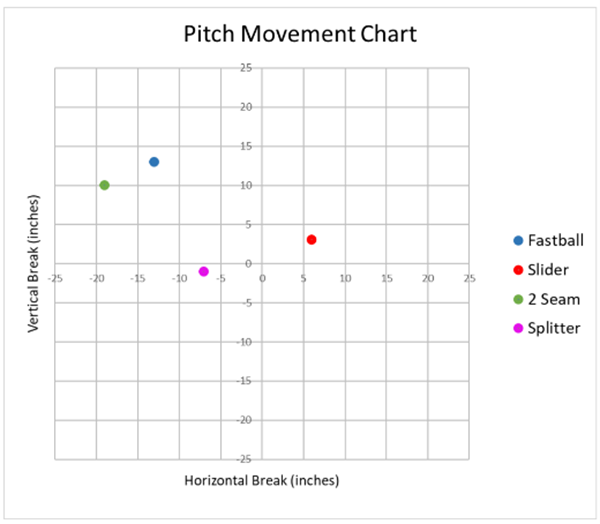
4. Programming Specific to Chandler’s Needs
Anthropometrics tell us about an athlete’s frame. Would you tell a short pitcher to train and throw the same way as a tall pitcher? If your answer is “yes”, you’re in the wrong business. Mechanics can and will vary between tall and shorter pitchers at various stages of the delivery. What is considered tall / short, and how does that affect how we train them? For us, tall pitchers are generally those 6’4” and taller.
-
- Generally, have longer limbs
- More mobility / flexibility (laxity)
- Can be weaker from a strength standpoint in the weight room
Training tall pitchers has its challenges which makes an initial assessment that much more important.
While longer limbs may be great for throwing a baseball, hinging to lift heavy loads off the ground can be another story. Due to these longer levers, getting into hinge positions and longer distances traveled while loaded makes it necessary to utilize lower training 1RM’s for our taller guys. This is ok… remember, these athletes rely much more on long levers and elasticity than maximum strength to throw hard.
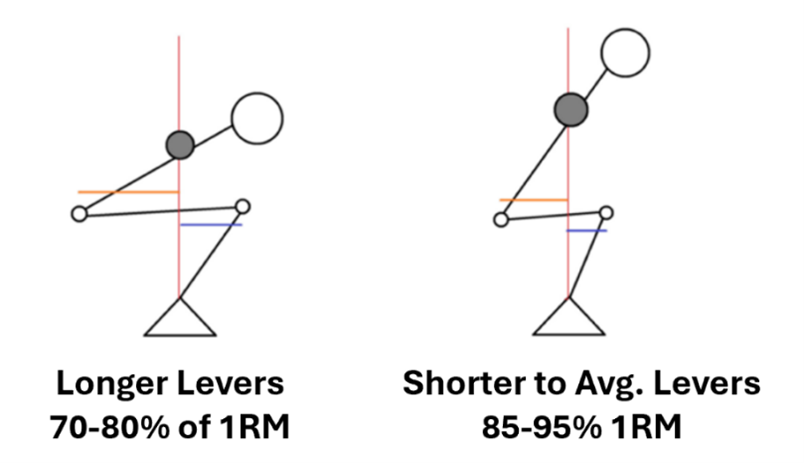
5. Increasing and Maintaining Lean Muscle Mass
It’s not always easy gaining and maintaining weight for young athletes during the long baseball season. Standing 6’8” with a high metabolism and gaining lean muscle mass can be extra difficult. Adding lean muscle mass and learning how to maintain it has been a big contributor to Chandler’s success during the past couple of years.
At the completion of the 2022 season, when he returned for his fall assessment, Chandler weighed in at 195 lbs. By January 2023, he weighed in at 225 lbs., having gained approximately 30 lbs. of lean muscle mass. His height to weight ratio was 2.8x with a 14% body fat percentage, right in the range that we look for in an elite athlete. He returned this past year, weighing in at 213 and 13% body fat (October 2023 assessment). Although he experienced some weight loss during 2023, he managed to maintain much of his off-season gains during the long baseball season.
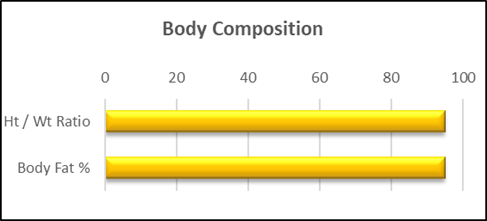
6. Consistency in Training
Maintaining a presence in the weight room on a consistent basis both in the off-season and during the in-season is a big part of Chandler’s success on the field. Unlike many athletes that take their time getting back in the gym when the season ends, Chandler is always one of the first guys back to start off-season training. He begins the process with a complete reassessment and gets back to work.
And considering that strength, velocity, and speed will only remain effective at a heightened level for a given period once training stops, Chandler continues with in-season training once his season starts up again. In-season programming trains equal parts of strength, power and mobility to help off-set the drops in retention of these three specific athletic components during game play. This helps him maintain his off-season gains and is one of the primary reasons his velo has ticked up every year.
7. Handling Adversity
Chandler has been playing for the Joliet Slammers in the Frontier League during the past three summers. During his first summer with the Slammers in 2021, he was sent home after spring training. Luckily that decision was later reversed and he was back in Joliet for the summer.
He completed the 2022 season with 40.1 IP and a 2.90 ERA. In 2023, he completed the season with 52.1 IP and a 5.80 ERA. After a rough 7-inning start where he sat on a 15.9 ERA, he finished the final 15 games of the season with 21.6 IP and a 3.33 ERA. Along the way, he also assisted the Lancaster Barnstormers to a 2023 Atlantic League Championship at the end of the season.
In a game of failure, handling adversity is about as important as everything else. Every pitcher has good days and bad days, and sometimes really bad days. Being able to bounce back through perseverance and resilience is huge and Chandler has demonstrated that adversity is just a bump in the road.
Summary
Chandler has made great strides since he walked into RPP in May of 2016. From a young man with big dreams to the Kansas City Royals.
Congrats Chandler. It’s well deserved!
By Matt Hartshorn (Pitching Coordinator), Zach Kollar (Director of Strength), Nunzio Signore and Bahram Shirazi
You live too far to train with us in-house at RPP? You can now train with us on a REMOTE basis.


